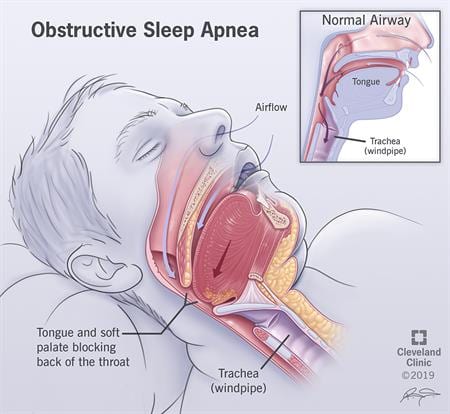For Patients

Your Best Sleep Yet
What is Sleep Apnea?
Sleep apnea is a chronic condition that occurs when muscles relax during sleep, allowing soft tissue to collapse and block the airway. As a result, repeated breathing pauses occur, which often reduce oxygen levels. These breathing pauses are followed by brief awakenings that disturb sleep. Common signs of sleep apnea include snoring and gasping or choking sounds during sleep. Like snoring, sleep apnea is more common in men, but it can occur in women too, especially during and after menopause. Having excess body weight, a narrow airway or a misaligned lower jaw all increase the risk of sleep apnea.
You deserve a good night's rest. Take our no charge sleep disorder assessment to find out if your sleep troubles could indicate a more serious issue.
Sleep Elite often uses one of two home sleep apnea test (HSAT) devices versus sending a patient to a sleep laboratory. Click below to learn more.
The Importance of Sleep
If you have sleep apnea, your health is in jeopardy. Snoring is often characterized as an annoying habit. It is, to be sure, but it’s dangerous to assume that’s all it is. Your health – in fact, your very life – is at stake with a sleep breathing disorder like sleep apnea.
Your body works hard every day. Whether you know it or not, you’re storing up stress, and by the time you’re getting to bed, your heart and body need to decompress and let go of it. Rest recharges you with the energy you need for the next day, and when you go without it, you let that stress keep building up without any recharge of your energy reserves. Sleep loss creates a strain on your heart. That’s why patients with sleep-breathing disorders, which disrupt sleep, are at a higher risk of heart attack, strokes, heart disease, and even premature death.
If you snore, it’s a good sign that you should be screened for sleep apnea, a disorder that blocks vital oxygen from entering the airway and prevents deep, restorative REM sleep. The health problems caused by sleep apnea are two-fold, though. Just as your body desperately needs sleep, you also need air. The prolonged lack of oxygen that sleep apnea sufferers endure every night affects blood oxygen levels and brain function.
Just as your body needs air, food, and water, good sleep is essential. Lack of sleep can have real, negative impacts on your physical, mental, and emotional health. It could be that your friends and family have said they’re concerned about you. Maybe you’ve become more forgetful, or you’re always tired and irritable.
What can sleep loss do?
Just a few examples include:
- Diabetes complications
- Depression
- Blood pressure problems
- Strokes
- Heart attacks
- Memory loss
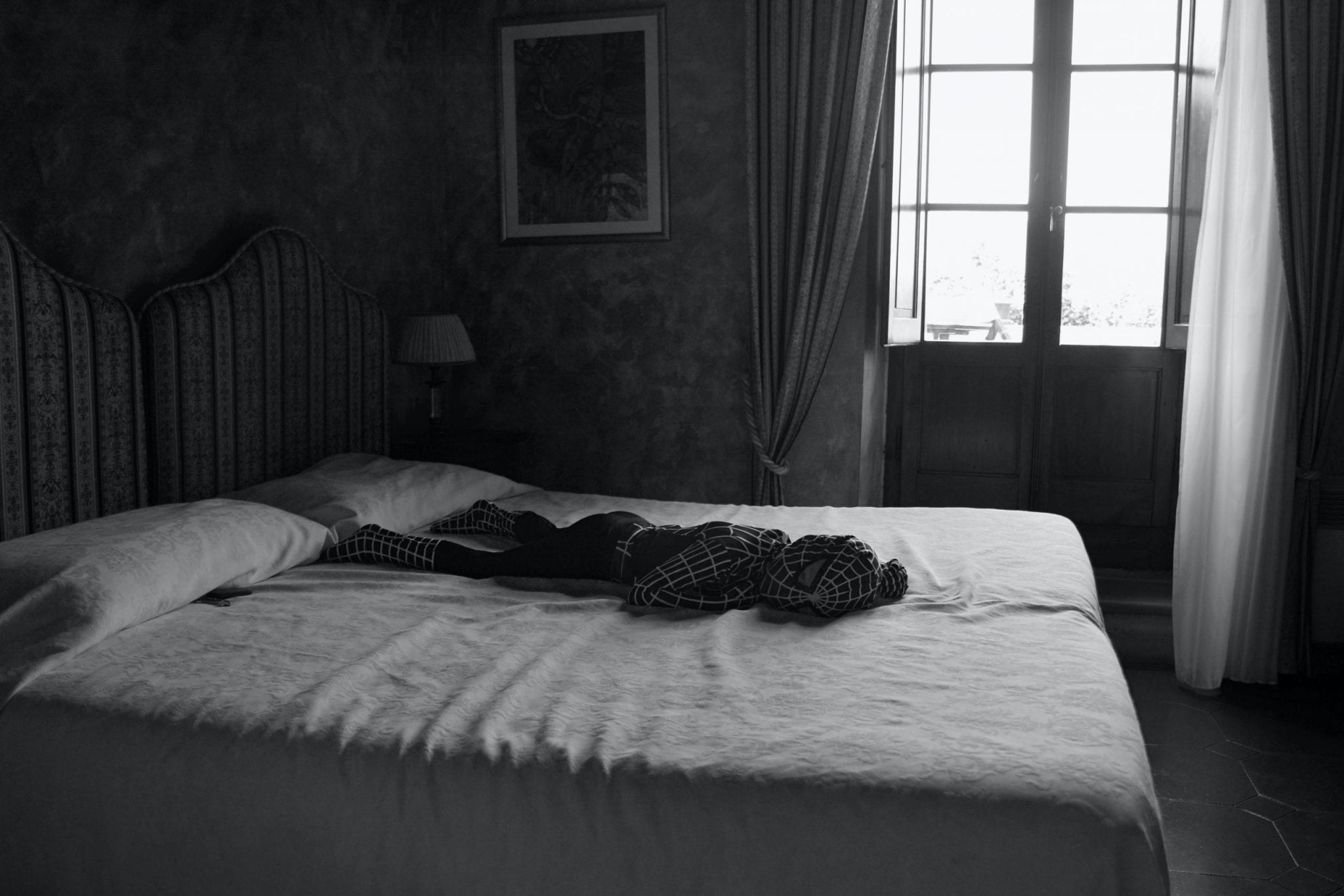

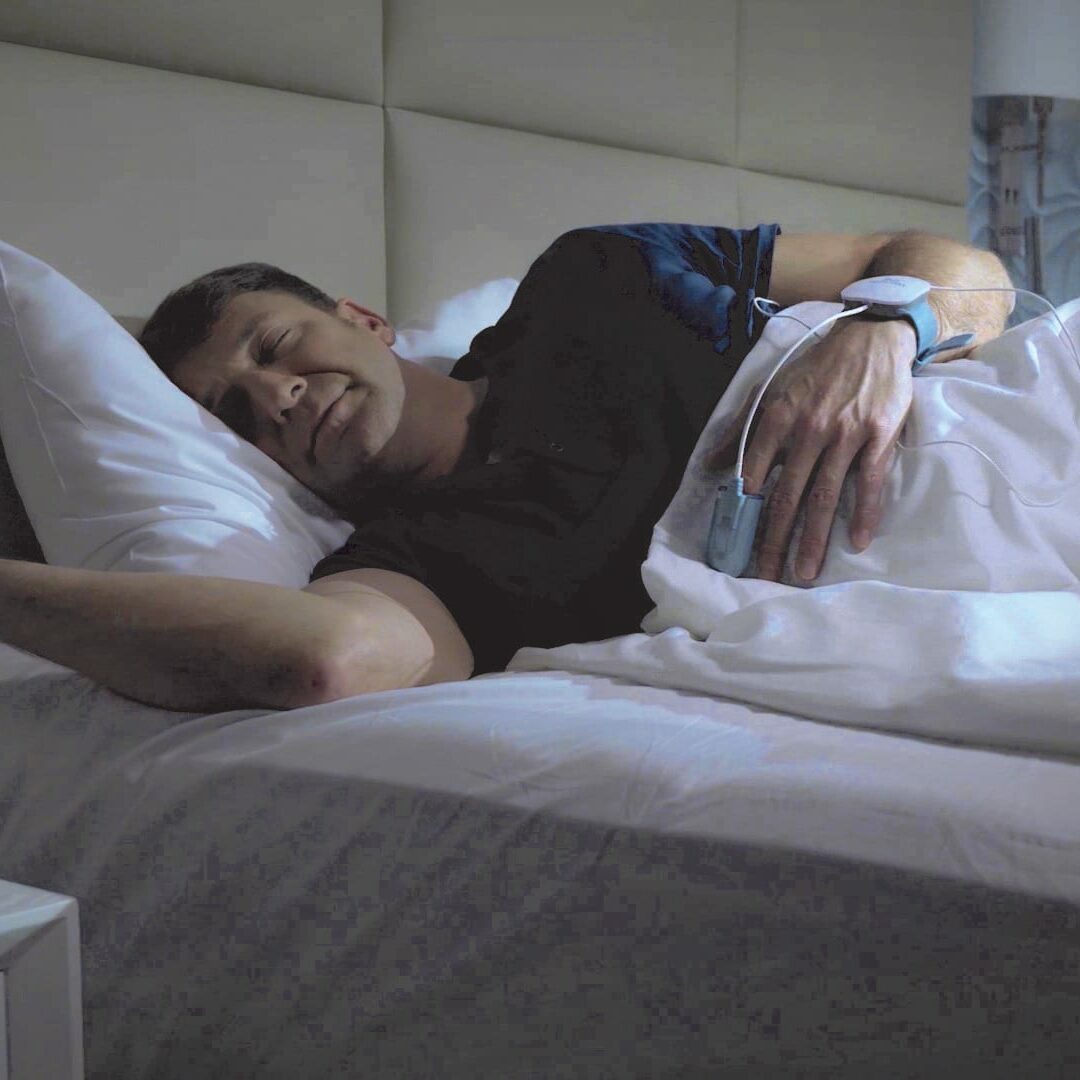
Sleep & Peak Performance
It is a medical fact that restful sleep promotes physical and mental health. It may be more important than diet and exercise. Ask any elite athlete how a good night’s sleep factors into their training regimen to attain peak performance. To a person they will identify sound sleep as one of the top keys to performance along with diet, physical conditioning, and practice.
In recent years, sleep has increasingly been recognized as a controllable factor that can modify performance for elite athletes. Coinciding with advances in sport and sleep science, along with nutrition, mental health, and wellness, sleep is being recognized as an important part of an advanced training regimen rather than a static state of inactivity.

Obstructive Sleep Apnea
There are several types of sleep apnea, but the most common sleep problem is obstructive sleep apnea (OAS). This type of apnea occurs when your throat muscles intermittently relax and block your airway during sleep. A noticeable sign of obstructive sleep apnea is snoring. Obstructive sleep apnea occurs when the muscles that support the soft tissues in your throat, such as your tongue and soft palate, temporarily relax. When these muscles relax, your airway is narrowed or closed, and breathing is momentarily cut off.
Why Treating Obstructive Sleep Apnea is Important
Treating obstructive sleep apnea is incredibly important to your health. When left untreated, sleep apnea often causes excessive daytime sleepiness or fatigue, as well as morning headaches and memory loss. Sleep apnea also is a threat to your safety as it increases your risk of drowsy driving and workplace accidents. Untreated sleep apnea raises your risk for serious health problems. Severe, untreated sleep apnea even increases your risk of death.
Other Effects of Sleep Apnea
- Your risk of injury and accidents at home, work and on the road increases
- Sleep-deprived men and women report lower libidos and less interest in sex
- Depleted energy
- Many men with sleep apnea also have low testosterone levels. Those with severe sleep apnea secrete abnormally low levels of testosterone during the night
Health problems associated with sleep apnea:
- High blood pressure
- Stroke
- Heart disease
- Diabetes
- Chronic acid reflux
- Erectile dysfunction
- Depression


Diagnosis
Dr. Esco uses an acoustic pharyngometer which allows him to quickly measure a patient’s pharyngeal airway size and stability from the oral pharyngeal junction to the glottis. The pharyngometer graphically displays the relationship between the cross-sectional area of the airway and distance down the airway. Studies have shown a clear relationship between the existence of obstructive sleep apnea and a narrow, collapsible, airway.
The pharyngometer accomplishes these measurements using acoustic reflection technology, like a naval ship’s sonar. Sound waves are transmitted down the airway and reflected in such a way that the pharyngometer software can analyze and quantify changes in the airway’s cross-sectional area. The test is minimally invasive and takes 2-5 minutes to complete.
A narrow airway reading on the pharyngometer correlates to higher Apnea Hypopnea Indices once the person is diagnosed. After diagnosis, the pharyngometer helps to show us how the airway changes in response to mandibular (lower jaw) advancement. It has been concluded that the pharyngometer is accurate in ruling out patients who would not benefit from oral appliances 95% of the time.
Dr. Esco welcomes the opportunity to talk with you in person about how oral appliance therapy can help manage your snoring and/or sleep apnea.
The Sleep Elite Clinic is limited to the field of sleep and treats patients who have:
- A diagnosis of primary snoring
- A diagnosis of mild to moderate obstructive sleep apnea
- Failed CPAP therapy
- Severe sleep apnea and cannot tolerate CPAP therapy
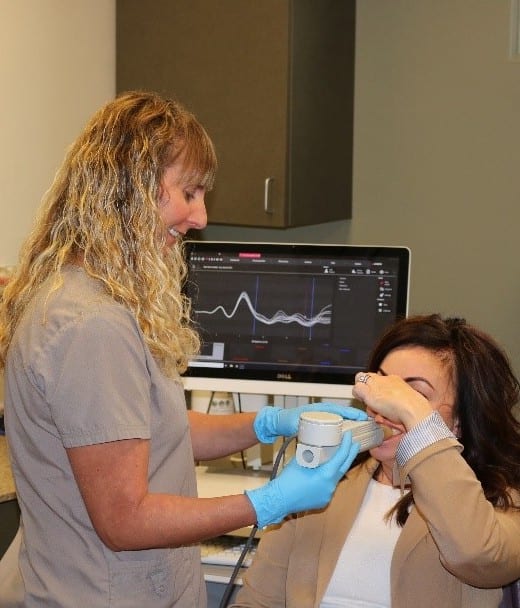

Patients like oral appliance therapy because it is:
- Comfortable
- Easy to wear
- Quiet
- Portable
- Convenient for travel
- Easy to care for
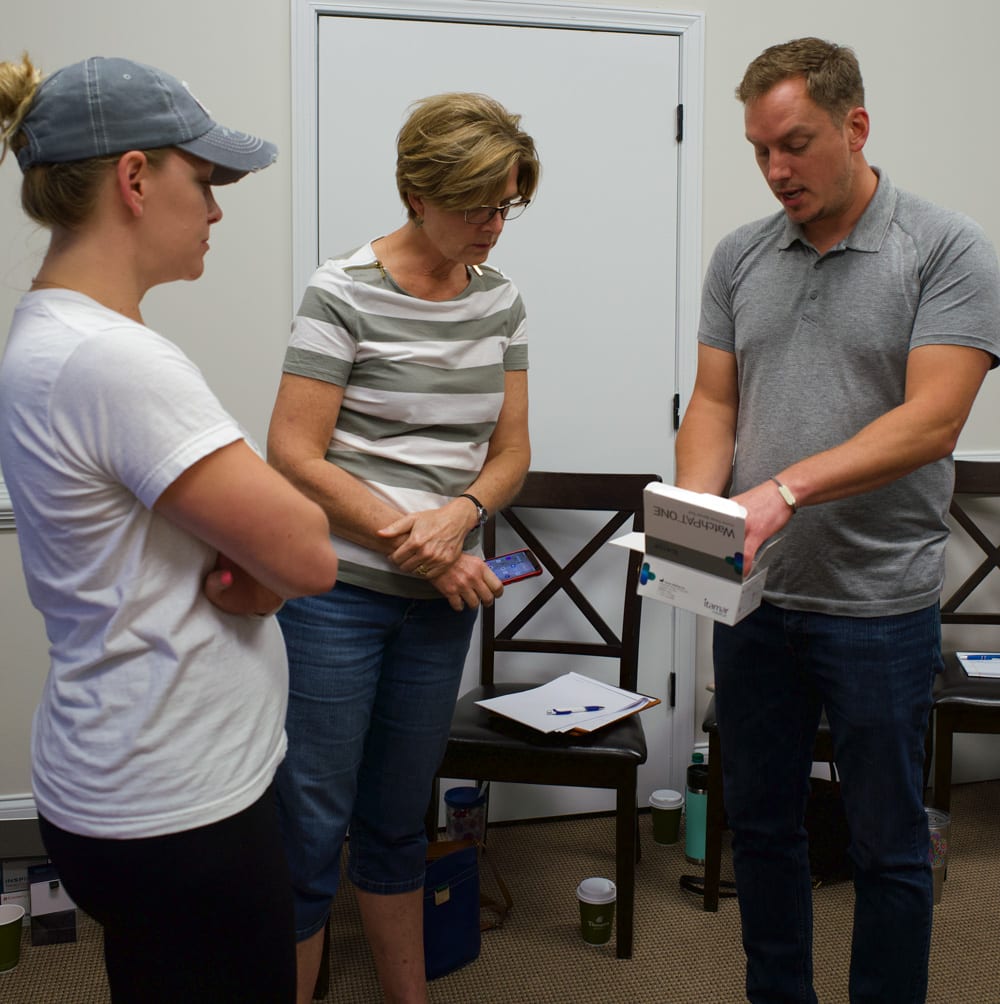
Treating Obstructive Airway
Sleep Apnea
Oral Appliance Therapy
Oral Appliances (OA), also known as nighttime Mandibular Advancement Devices (MAD), are used for the treatment of sleep apnea. This treatment continues to increase in popularity as awareness grows amongst the public that oral appliances are an effective first line treatment for many sleep apnea sufferers. These appliances are worn in the mouth, just like a sports mouth guard or an orthodontic appliance, while sleeping. Oral appliances hold the lower jaw forward just enough to keep the airway open and prevent the tongue and muscles in the upper airway from collapsing and blocking the airway.
The American Academy of Sleep Medicine (AASM) has approved oral appliance therapy (OAT) as a first line treatment for patients diagnosed with mild to moderate obstructive sleep apnea (OSA). The AASM also recommends oral appliances for patients with severe OSA, who are unable to tolerate or cannot wear CPAP devices. Another option for people with severe OSA is combination therapy (wearing CPAP and an oral appliance together) to help reduce the pressure on a CPAP machine, making it more comfortable to use.
Dr. Esco can conduct a full evaluation of your teeth, mouth, and temporomandibular joint to ensure that the teeth and jaw structure are healthy enough for you to wear an oral appliance. Following the examination, models of the teeth are made, and a follow-up appointment is scheduled to fit the custom oral appliance. Oral appliance therapy is covered by many medical insurance plans.
A Better Night's Sleep with CPAP Alternatives
Oral appliance therapy is an effective, non-invasive treatment that fits easily into any lifestyle. A mandibular advancement device can reduce or completely prevent habitual snoring and obstructive sleep apnea. The advancement of the lower jaw and tongue counteracts a narrowing of the upper respiratory tract. The upper airways are more open, and breathing is made easier.
Advantages of custom-made oral appliances compared to prefabricated MADs:
Particularly high wearing comfort due to delicate design
Thanks to the very thin side walls of the dental appliance, the tongue has more room to maneuver
Very delicate and yet robust
Also suitable for prosthesis wearers and with considerable tooth gaps
Designed for long-term use (5 years and longer)


